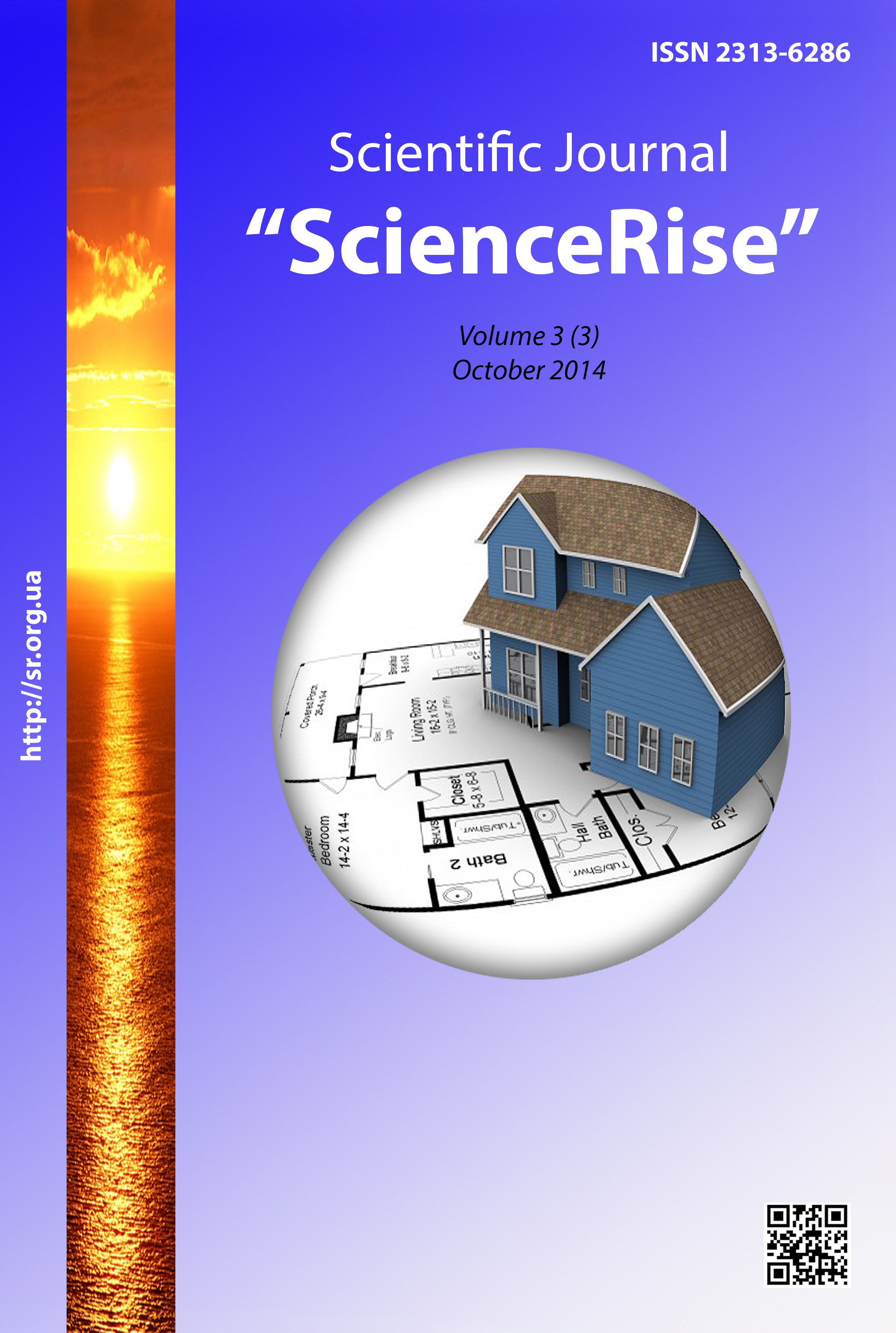Batch processing images in Adobe Photoshop using a script written in JavaScript
DOI:
https://doi.org/10.15587/2313-8416.2014.27464Keywords:
Adobe Photoshop, script, batch processing, JavaScript, ExtendScript Toolkit, presets, ActionsAbstract
The article seeks to consider the possibility of automating the processing of a series of photographs. Particular attention is paid to the use of scripts written in the programming language Java Script for Adobe Photoshop. Java Script scenarios are dynamic and have significant advantages over a simple-to-use Action.
References
Adobe Systems Inc (2005). Adobe Photoshop CS2 Official JavaScript Reference. Adobe Press ,464.
Kloskowski, M. (2006). The Photoshop CS2 Speed Clinic: Automating Photoshop to Get Twice the Work Done in Half the Time. Peachpit Press, 256.
Williams, C. (2003). The Photoshop Adobe Scripting: Your visual blueprint for scripting in Photoshop and Illustrator. Visual, 299.
Sogokon, A. B. (1988). Obrabotka izobrazheniy [Image processing]. ZhNiPFiK, 450.
Samarin, Yu. N. (2005). Tehnologiya dopechatnyih protsessov [Technology prepress]. BHV-Peterburg, 544.
Hedzhou, D. A. (2004). Kak sdelat fotografii vyisshego kachestva [How to take photos of the highest quality]. "Omega", 160.
Gurskiy, Yu. A. (2004). PhotoshopCS. Tryuki i effektyi [PhotoshopCS. Stunts & Effects]. Piter, 555.
Kelbi, S. K. (2003). Spravochnik po obrabotke fotografiy v Adobe Photoshop [Handbook of image processing in Adobe Photoshop]. Izdatelskiy dom "Vilyams", 368.
Margulis, D. N. (2006). PhotoshopLABColor. Intelbuk, 480.
Ralston, R. (2007). The Designer's Apprentice: Automating Photoshop, Illustrator, and InDesign in Adobe Creative Suite 3. Adobe Press, 256.
Kabili, J. (2014). Adobe Lightroom and Photoshop for Photographers Classroom in a Book. Adobe Press,408.
Ibarionex, P. (2012). Adobe Master Class: Photoshop Inspiring artwork and tutorials by established and emerging artists. Adobe Press, 216.
Scott, V. (2012). Hidden Power of Blend Modes in Adobe Photoshop. Adobe Press, 224.
Downloads
Published
Issue
Section
License
Copyright (c) 2014 Наталья Сергеевна Дидык, Андрей Валериевич Бизюк

This work is licensed under a Creative Commons Attribution 4.0 International License.
Our journal abides by the Creative Commons CC BY copyright rights and permissions for open access journals.
Authors, who are published in this journal, agree to the following conditions:
1. The authors reserve the right to authorship of the work and pass the first publication right of this work to the journal under the terms of a Creative Commons CC BY, which allows others to freely distribute the published research with the obligatory reference to the authors of the original work and the first publication of the work in this journal.
2. The authors have the right to conclude separate supplement agreements that relate to non-exclusive work distribution in the form in which it has been published by the journal (for example, to upload the work to the online storage of the journal or publish it as part of a monograph), provided that the reference to the first publication of the work in this journal is included.

